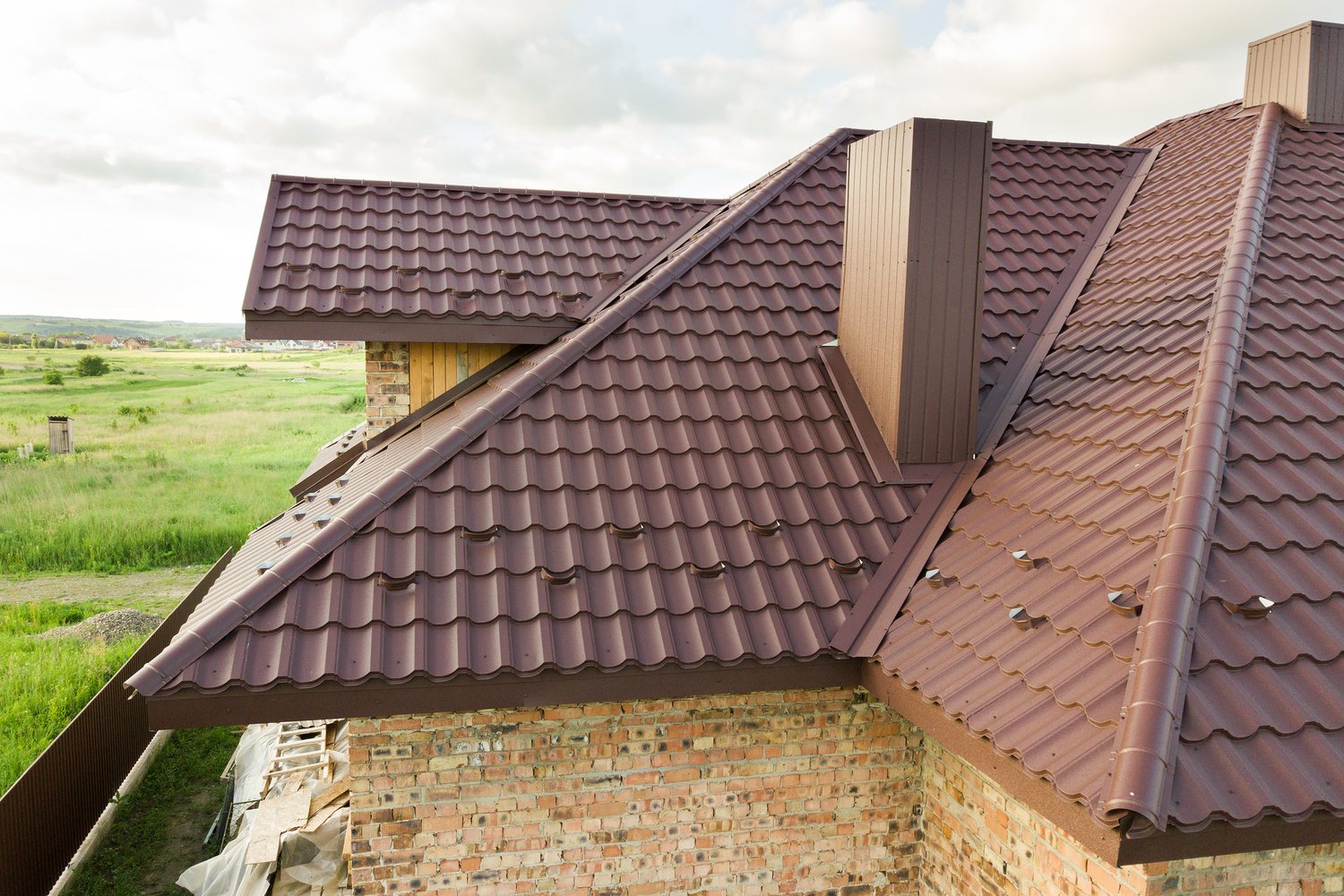Maintaining the roofs of historic and listed buildings presents unique challenges that extend far beyond those encountered in modern construction. From sourcing authentic heritage roofing materials to navigating preservation regulations, restoring these architectural treasures demands specialized knowledge and careful craftsmanship. This article explores the complexities involved in historic building roofing projects, including material selection, common problems, regulatory considerations, and best practices for balancing authenticity with modern performance needs.
Understanding the Significance of Historic Roofs
The roof of a historic building is more than just a protective covering—it’s an integral component of architectural heritage that tells a story about construction techniques, local traditions, and historical aesthetics. When approaching roof restoration for old homes, preservationists must consider the original design intent, regional characteristics, and the building’s evolution over time. Traditional roofing often featured materials like slate, clay tiles, wood shingles, copper, or lead—each chosen for specific practical and aesthetic reasons. These heritage roofing materials not only protected the structure but also contributed significantly to the building’s overall character and silhouette, creating distinctive profiles that defined architectural periods and regional styles.
Common Challenges in Listed Building Roof Repair
Working with historic structures presents numerous obstacles that contractors specializing in modern construction rarely encounter. Water damage is particularly problematic in heritage properties, as centuries-old timber frames and support structures may have deteriorated over time. Identifying the true extent of damage often requires careful investigation beyond what’s immediately visible. Another significant challenge in historic building roofing is matching original materials, especially when certain traditional materials are no longer manufactured or when quarries that supplied distinctive stone or slate have long closed. Conservation officers overseeing listed building roof repair projects typically require extensive documentation and may restrict the use of modern alternatives, even when original materials are prohibitively expensive or difficult to source.
Heritage Roofing Materials: Sourcing and Selection
Finding appropriate materials for roof restoration of old homes often involves detective work and specialized knowledge. Salvaged materials from similar period buildings can provide an authentic match, though this source is increasingly limited. Slate roofing, common in many historic buildings, varies dramatically in color, texture, and durability depending on its quarry of origin. Traditional clay tiles similarly show regional variations that contribute to local architectural character. Experts from organizations like AskHomey can help property owners connect with specialists who understand these nuances and can source appropriate heritage roofing materials that satisfy both conservation requirements and performance needs.
Navigating Regulations and Permissions
Historic building roofing projects are typically subject to stringent regulations, especially for properties with official heritage designations. Listed buildings in particular require consent before any significant alterations, including roof repairs, can be undertaken. These regulations exist to protect historical integrity but can significantly impact project timelines and budgets. Conservation officers assess whether proposed work preserves the building’s character and may require detailed specifications regarding materials and techniques. Engaging early with relevant authorities and preparing thorough documentation of existing conditions and proposed interventions can help smooth the approval process and avoid costly delays in heritage roofing projects.
Balancing Authenticity with Modern Requirements
One of the greatest challenges in historic building roofing involves reconciling preservation goals with contemporary performance expectations. Modern building codes often mandate features like improved insulation and ventilation that weren’t part of original construction methods. Skilled heritage specialists have developed approaches that sensitively incorporate these requirements without compromising historical authenticity. For example, breathable insulation materials may be introduced beneath traditional coverings, or discreet ventilation systems installed that preserve original roof lines. In some cases, compromises may be necessary, such as using visually matching but more durable alternatives to extremely rare or problematic original materials.
The Importance of Skilled Craftsmanship
Historic roofing techniques often involved specialized skills that have become increasingly rare in today’s construction industry. Traditional methods like hand-splitting wooden shingles, forming lead flashings, or laying graduated slate patterns require expertise developed through years of experience. These craft skills cannot be easily replicated by contractors accustomed to modern materials and methods. Successful historic building roofing projects depend on artisans who understand not only how these roofs were constructed but also how they interact with the building’s overall structural and moisture management systems. Investing in proper craftsmanship during restoration ensures that historic roofs maintain their integrity and distinctive character for future generations.
For more tips and to connect with reliable home service professionals, follow AskHomey on Facebook and Instagram.



